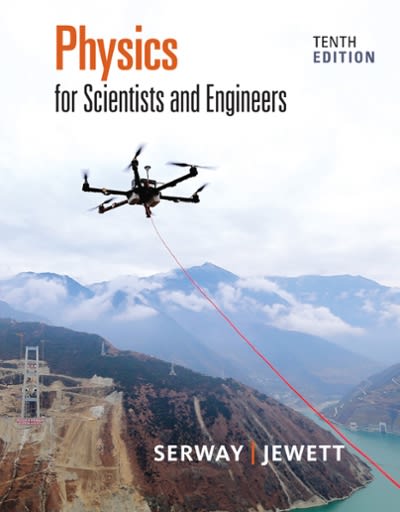Question
A quiz consists of 10 multiple-choice questions, each with 4 possible answers, only one of which is correct. A student who does not attend lectures
A quiz consists of 10 multiple-choice questions, each with 4 possible answers, only one of which is correct. A student who does not attend lectures on a regular basis has no clue what the answers are, and therefore uses an independent random guess to answer each of the 10 questions. What is the probability that the student gets at least one question right?
Let's decide on some notations.
Let L be the event that the student gets at least one of the questions right.
We'll use R for getting a question right and W for getting it wrong (W is essentially "not R").
1. Given the "tactic" of the student, what is P(R) and P(W)?
2. Since L is an event of the type "at least one", it is much easier to find P(not L) and then use the Complement Rule.
P(L) = 1 - P(not L).
Write in words what the event "not L" is, and then find P(not L) using the multiplication rule.
3. Now, complete the problem by finding P(L)
Step by Step Solution
There are 3 Steps involved in it
Step: 1

Get Instant Access to Expert-Tailored Solutions
See step-by-step solutions with expert insights and AI powered tools for academic success
Step: 2

Step: 3

Ace Your Homework with AI
Get the answers you need in no time with our AI-driven, step-by-step assistance
Get Started


